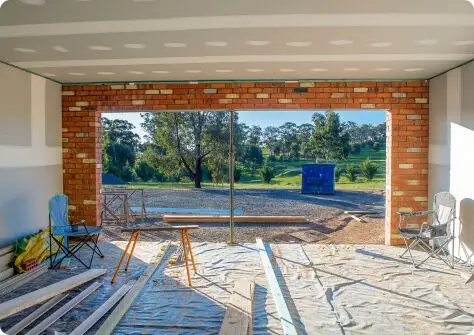Trusted by over 1.7k happy people


Once the SAP EPC expires the property owner will need to get a new EPC in order to be able to sell or rent the property. As the property is no longer calssed as a new build, this new EPC will be an RdSAP EPC. It is often found that the RdSAP EPC rating is lower than the original SAP EPC rating, even if nothing has changed within the property, in this article we explain why.
For older properties, or subsequent EPC surveys of newer properties, the EPC must use the more basic RdSAP (Reduced Data Standard Assessment Procedure) methodology.
SAP (Standard Assessment Procedure) EPCs are much more detailed, and the precise performance of each 'thermal element' of the building (walls, floor, roof, etc.) is calculated using the manufacturers specifications for all the materials used in the build up.
RdSAP EPCs are designed to be non invasive, and to be carried out on buildings where the exact make and model of every material that has gone into the build may not be available. Instead of using precisely calculated thermal performance data for each element, the RdSAP software make an assumption based on the construction date of the property.
The EPC software will assume that each element of a building's thermal envelope is constructed to the minimum standard allowed by the building regulations at the date of construction.
As an example of this, if you look under the 'Breakdown of property's energy performance' section on an RdSAP EPC, the table may look like the following:
| Feature | Description | Rating |
|---|---|---|
| Wall | Cavity wall, as built, insulated (assumed) | Good |
| Roof | Flat, insulated (assumed) | Good |
| Roof | Pitched, insulated (assumed) | Good |
| Window | Fully double glazed | Good |
Whereas on the original SAP EPC for the same property it would say:
| Feature | Description | Rating |
|---|---|---|
| Wall | Average thermal transmittance 0.21 W/m2K | Very good |
| Roof | Average thermal transmittance 0.25 W/m2K | Good |
| Roof | Average thermal transmittance 0.25 W/m2K | Good |
| Window | High performance glazing | Very good |
Another important difference is that for a new build, the SAP assessor will usually enter the air tightness figure for the property as a precise value, which comes from the air tightness test certificate that will have been produced by a physical test on the property after construction.
The maximum permissible figure for air tightness for a new build under Part L of the building regulations is 10 m3/h.m2. Generally buildings come out with a figure closer to 5 m3/h.m2. The RdSAP methodology does not allow the assessor to enter an air tightness figure, but instead makes an assumption that the air tightness is 15 m3/h.m2.
In short, if a building was constructed to a standard where some or all of the building's thermal elements were built to a better standard than minimum permissible standard at the time, it will receive a lower rating on its RdSAP EPC than its SAP EPC because the data required for the EPC is substantially less detailed than the previous version.
Thermal Element - A wall, roof, or floor that separates a thermally conditioned part of a building from the external environment, as defined in The Building Regulations.
Thermal Performance - The efficiency of an element preventing the passage of heat.
RdSAP - Reduced data Standard Assessment Procedure.
SAP - Standard Assessment Procedure.
EPC - Energy Performance Certificate.
Methodology - A system of rules/ procedures set out for doing something, and in the case of EPC's a system of procedures for calculating energy efficiency and creating an EPC.

